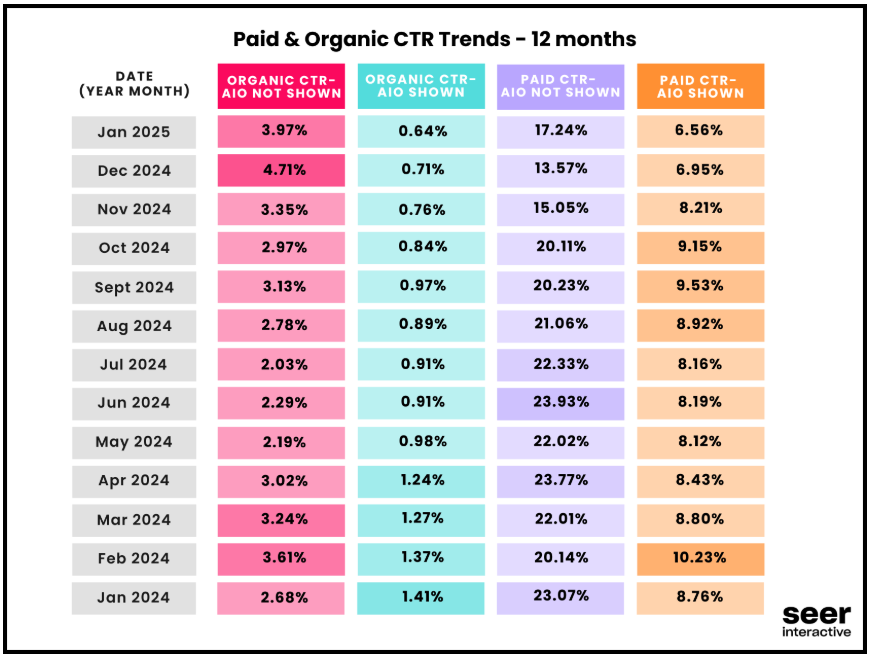Welcome the SEO Apocalypse: A Zero-Click Search Survival Guide

By Nick Nelson
The infected are back this summer. The Last of Us Season 2 is already underway on HBO and 28 Years Later is dropping in theaters this June, reminding us just how quickly the world can turn on its head, and how only the resourceful survive.
Sound familiar, marketers?
Welcome to the post-apocalyptic reality of search. Once a fertile land of clicks and traffic, today’s SEO landscape has been overrun by AI-generated answers, zero-click SERPs, and a search experience seemingly designed to keep users from ever reaching your site. It’s brutal. It’s unpredictable. And it’s happening right now.
Brands and marketers face a daunting ultimatum: adapt or perish.
This guide is your SEO backpack: packed with strategies, tools, and frameworks to help you navigate the new terrain, reclaim visibility, and keep your content alive in a world where clicks are scarce and competition is fierce. Ready to make the journey? Let’s go.
Ground zero: How the world of search changed
Not so long ago, most of us had never heard the phrase “zero-click search.” Today it describes nearly 60% of all Google queries. This scourge has been spreading like a zombie outbreak, and causing equal amounts of terror in the marketing community. Businesses have long relied on organic search as a mainstay for web visibility, accounting for 76% of trackable traffic to B2B websites as of about five years ago, per BrightEdge.
Zero-click searches, referring to those where a user gets their answer directly on the search results page without needing to click any links, are becoming more prevalent for several different reasons:
- AI Overviews: These AI-generated summaries of top results often satisfy informational needs without requiring a click-through to another source. (Buyer beware.)
- Enhanced SERP Features: Over time, Google has rolled out elements such as featured snippets, knowledge panels, and the “People Also Ask” section, providing further opportunities for searchers to find immediate answers without visiting a source.
- Mobile Search: This long-time trend continues to affect user behavior in search. It’s estimated that nearly two-thirds of searches occur on mobile devices in the U.S. Mobile users are more likely to glance at a SERP rather than clicking through to results. Voice search and assistants also come into play here.
- Google’s Self-Preference: The search giant sends a substantial share of traffic to its own properties, such as YouTube and Google Maps. While these might technically still be clicks, they’re not the ones that marketers and brands typically value.
Okay, so we know the root causes. The question, of course, is what you should do about it. At TopRank Marketing our team has been heavily focused on helping clients navigate SERP volatility and thrive …read more
Source:: Top Rank Blog








